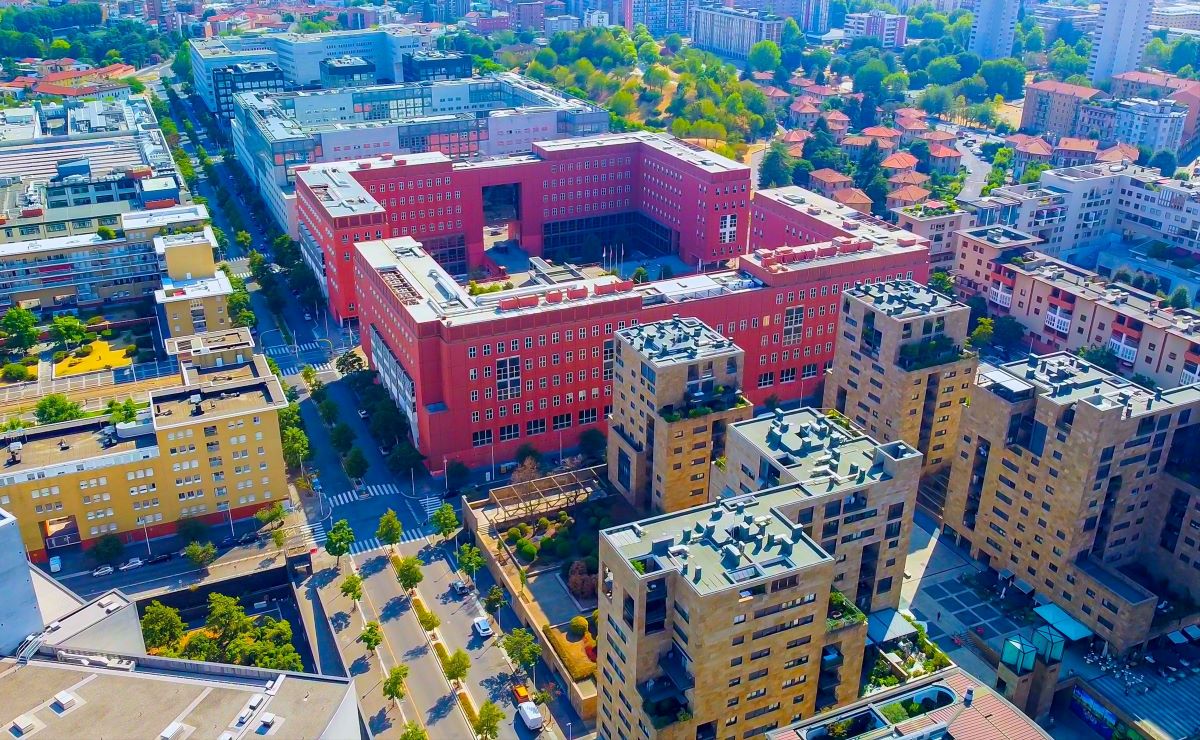Sustainable Mobility: the MUSA urban regeneration project starts from the Bicocca neighborhood
It has a positive impact, but the challenge is to involve the most vulnerable groups
Sustainable mobility project: MUSA’s initiative begins in the neighbourhood of Bicocca University. By listening to the hustle and bustle of life in the streets that intersect with the activities of researchers. In May, the event “Moving in Bicocca: Sustainable Mobility within the Neighbourhood” introduced the activities of WP4, proposing some participatory research activities with residents and populations who work, live or experience the neighbourhood. The aim was to gather useful elements for proposing appropriate urban regeneration policies on safety, accessibility, quality of public spaces and nightlife. The event made it possible to gather insights into the problems and strengths of mobility in Bicocca from the perspective of residents and people who experience the area on a daily basis.
The results of this ‘survey’, which included employees, researchers, pensioners, self-employed people, residents and commuters, revealed strengths and weaknesses. On the one hand, valuable data and information on the perceptions and behaviours of the different urban populations in the neighbourhood were collected, and awareness-raising on sustainable mobility issues began. On the other hand, it was difficult to involve the more vulnerable parts of the neighbourhood. Nevertheless, there was positive participation from associations (Bicocca Committee), schools and collaboration with a cultural space (Academy Franco Angeli) in the neighbourhood.
The most frequented meeting places were Hangar Bicocca, Bicocca Village and Parco Nord. The public spaces most mentioned by the workshop participants were Hangar Bicocca and the Bicocca Village shopping centre, recognised as important meeting places for the life of the neighbourhood. Crucial meeting places, even if the shopping centre lacks proximity services amidst the proliferation of restaurants and food outlets. The squares in the university area, including Piazza della Trivulziana, also received positive feedback for the food and leisure facilities they offer. According to the average ratings of the participants, the most appreciated place is Parco Nord, which, due to its location on the north-eastern border, almost outside the neighbourhood, is mentioned by some residents but not by commuters, who tend to use the Greco Pirelli station and Viale Sarca.
The connection between the most populated areas of the neighbourhood and the park is a concern for residents, as is the quality, accessibility and function of other green spaces. In the neighbourhood, the most frequently mentioned green space is the Cherry Hill, while some spaces closed to the public but potentially usable, such as Vivaio Bicocca and the Bicocca Stadium, were also mentioned. The response from the realities of the neighbourhood was positive, with about twenty people participating in the working groups. The information gathered in the four working groups was processed and mapped using GIS tools.
Well-connected neighborhood but limited communication about university life. From the meeting with the neighborhood, there was satisfaction with the connection services to the rest of Milan thanks to the railway and the metro line. This applies to both commuters working in the area and all residents. However, commuters initially had some difficulty in navigating the area, and residents highlighted the station’s lack of elevators (a barrier especially for the disabled) and restroom facilities.
Residents also pointed out a certain difficulty in accessing university premises, which are hard to enter. They lack a communication channel regarding what happens within the university walls and the neighborhood’s life. All these elements are useful to initiate the urban regeneration work that is at the core of one of the MUSA project’s missions.





